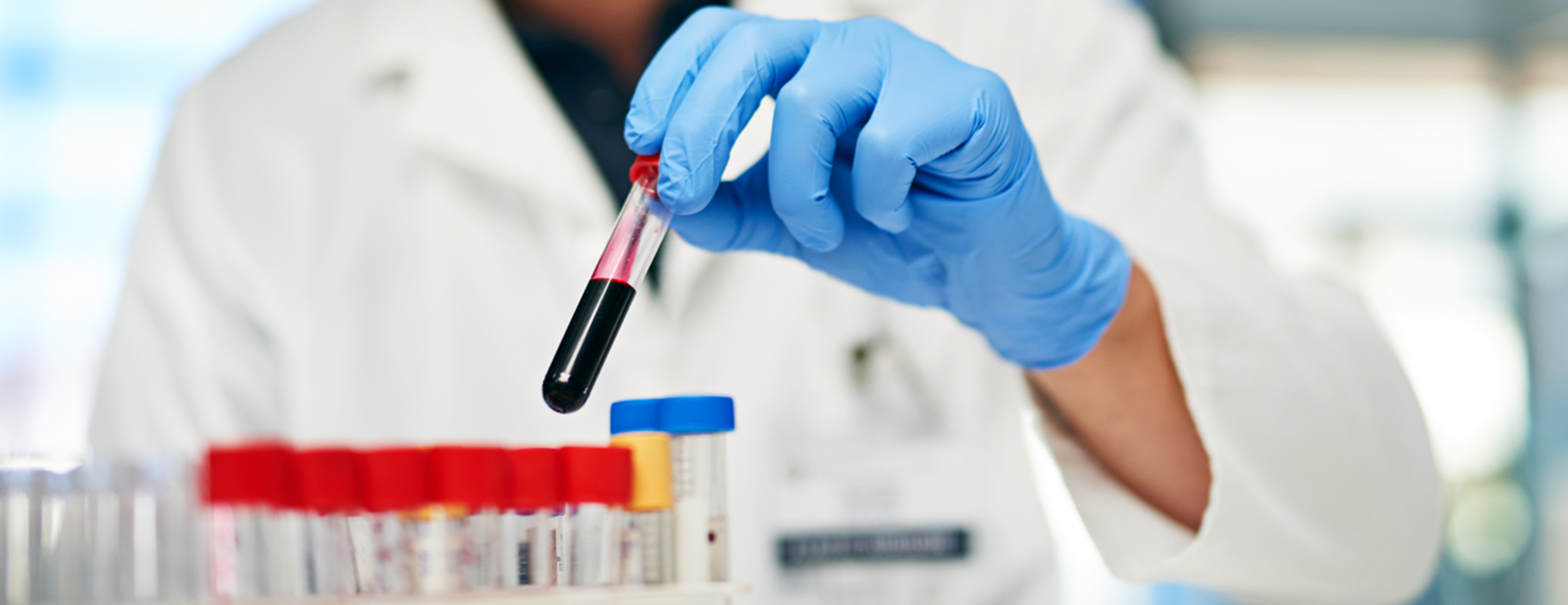
DHEA-sulfate test
Definition
DHEA stands for dehydroepiandrosterone. It is a weak male hormone (androgen) produced by the adrenal glands in both men and women. The DHEA-sulfate test measures the amount of DHEA-sulfate in the blood.
Alternative Names
Serum DHEA-sulfate; Dehydroepiandrosterone-sulfate test; DHEA-sulfate - serum
How the Test is Performed
A
How to Prepare for the Test
No special preparation is necessary. However, tell your health care provider if you are taking any vitamins or supplements that contain DHEA or DHEA-sulfate.
How the Test will Feel
When the needle is inserted to draw blood, some people feel moderate pain. Others feel only a prick or sting. Afterward, there may be some throbbing or a slight bruise. This soon goes away.
Why the Test is Performed
This test is done to check the function of the two
Although DHEA-sulfate is the most abundant hormone in the body, its exact function is still not known.
- In men, the male hormone effect may not be important if testosterone level is normal.
- In women, DHEA contributes to normal libido and sexual satisfaction.
- DHEA may also have effects on the immune system.
The DHEA-sulfate test is often done in women who show signs of having excess male hormones. Some of these signs are male body changes, excess hair growth, oily skin, acne, irregular periods, or problems becoming pregnant.
It may also be done in women who are concerned about low libido or decreased sexual satisfaction who have pituitary or adrenal gland disorders.
The test is also done in children who are
Normal Results
Normal blood levels of DHEA-sulfate can differ by sex and age.
Typical normal ranges for females are:
- Ages 18 to 19: 145 to 395 micrograms per deciliter (µg/dL) or 3.92 to 10.66 micromoles per liter (µmol/L)
- Ages 20 to 29: 65 to 380 µg/dL or 1.75 to 10.26 µmol/L
- Ages 30 to 39: 45 to 270 µg/dL or 1.22 to 7.29 µmol/L
- Ages 40 to 49: 32 to 240 µg/dL or 0.86 to 6.48 µmol/L
- Ages 50 to 59: 26 to 200 µg/dL or 0.70 to 5.40 µmol/L
- Ages 60 to 69: 13 to 130 µg/dL or 0.35 to 3.51 µmol/L
- Ages 69 and older: 17 to 90 µg/dL or 0.46 to 2.43 µmol/L
Typical normal ranges for males are:
- Ages 18 to 19: 108 to 441 µg/dL or 2.92 to 11.91 µmol/L
- Ages 20 to 29: 280 to 640 µg/dL or 7.56 to 17.28 µmol/L
- Ages 30 to 39: 120 to 520 µg/dL or 3.24 to 14.04 µmol/L
- Ages 40 to 49: 95 to 530 µg/dL or 2.56 to 14.31 µmol/L
- Ages 50 to 59: 70 to 310 µg/dL or 1.89 to 8.37 µmol/L
- Ages 60 to 69: 42 to 290 µg/dL or 1.13 to 7.83 µmol/L
- Ages 69 and older: 28 to 175 µg/dL or 0.76 to 4.72 µmol/L
Normal value ranges may vary slightly among different laboratories. Some labs use different measurements or test different specimens. Talk to your health care provider about the meaning of your specific test results.
What Abnormal Results Mean
An increase in DHEA-sulfate may be due to:
- A common genetic disorder called
congenital adrenal hyperplasia . - A tumor of the adrenal gland, which can be benign or be a cancer.
- A common problem in women younger than 50, called
polycystic ovary syndrome . - Body changes of a girl in puberty happening earlier than normal.
A decrease in DHEA sulfate may be due to:
Adrenal gland disorders that produce lower than normal amounts of adrenal hormones, including adrenal insufficiency andAddison disease - The pituitary gland not producing normal amounts of its hormones (
hypopituitarism ) - Taking glucocorticoid medicines
DHEA levels normally decline with age in both men and women. There is no reliable evidence that taking DHEA supplements prevents aging-related conditions.
Risks
There is little risk involved with having your blood taken.Veins and arteries vary in size from one person to another and from one side of the body to the other. Obtaining a blood sample from some people may be more difficult than from others.
Other risks associated with having blood drawn are slight, but may include:
- Excessive bleeding
- Fainting or feeling lightheaded
- Multiple punctures to locate veins
- Hematoma (blood buildup under the skin)
- Infection (a slight risk any time the skin is broken)
References
Haddad NG, Eugster EA. Precocious puberty. In: Jameson JL, De Groot LJ, de Kretser DM, et al, eds. Endocrinology: Adult and Pediatric. 7th ed. Philadelphia, PA: Elsevier Saunders; 2016:chap 121.
Nakamoto J. Endocrine testing. In: Jameson JL, De Groot LJ, de Kretser DM, et al, eds. Endocrinology: Adult and Pediatric. 7th ed. Philadelphia, PA: Elsevier Saunders; 2016:chap 154.
Rosenfield RL, Barnes RB, Ehrmann DA. Hyperandrogenism, hirsutism, and polycystic ovary syndrome. In: Jameson JL, De Groot LJ, de Kretser DM, et al, eds. Endocrinology: Adult and Pediatric. 7th ed. Philadelphia, PA: Elsevier Saunders; 2016:chap 133.
Review Date: 02/22/2018
The information provided herein should not be used during any medical emergency or for the diagnosis or treatment of any medical condition. A licensed physician should be consulted for diagnosis and treatment of any and all medical conditions. Call 911 for all medical emergencies. Links to other sites are provided for information only -- they do not constitute endorsements of those other sites. Copyright ©2019 A.D.A.M., Inc., as modified by University of California San Francisco. Any duplication or distribution of the information contained herein is strictly prohibited.
Information developed by A.D.A.M., Inc. regarding tests and test results may not directly correspond with information provided by UCSF Health. Please discuss with your doctor any questions or concerns you may have.





